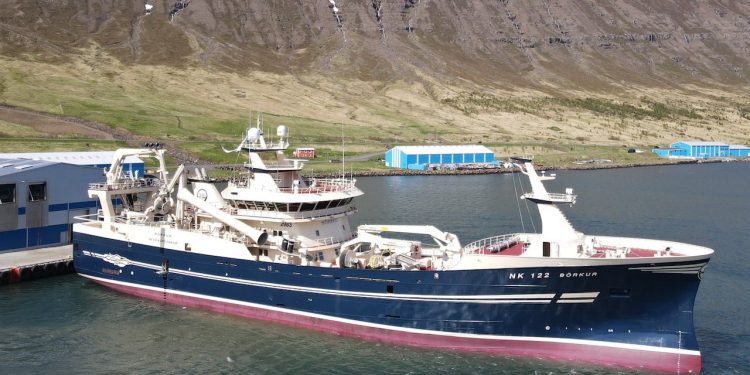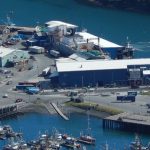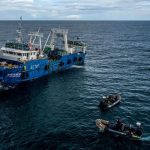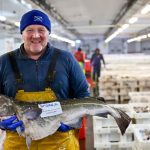Despite the distance, the economics of fishing for blue whiting south-west of Rockall work out better for the Icelandic pelagic fleet than fishing closer to home.
The Rockall fishery is on tight marks, requiring short tows, while fishing for blue whiting in Faroese waters closer to home calls for long tows on more widely dispersed fish.
Analysis of fuel consumption has shown that the Rockall fishery results in catches with a significantly lower rate of fuel usage per tonne than fishing in the Faroese zone on more dispersed fish. For Síldarvinnslan’s pelagic vessels, the outcome is that fishing in Faroese waters used three times the amount of fuel for Beitir, while Börkur burned roughly twice as much fuel per tonne caught south of the Faroes than west of Rockall.
According to fleet manager Grétar Örn Sigfinnsson at Síldarvinnslan, fishing in the Faroese EEZ has been poorer this during the early part of this year than it was at the same time in 2003, while weather conditions in Faroese waters also have to be taken into account. On the other hand, although Beitir was caught in a spell of bad weather that pushed up its fuel consumption during its first trip west of Rockall, conditions there have been mostly favourable.
He added that the carrying capacity of these vessels is also an important factor in the economics of this fishery on relatively distant grounds, and having a carrying capacity of 3000 tonnes makes a difference.









